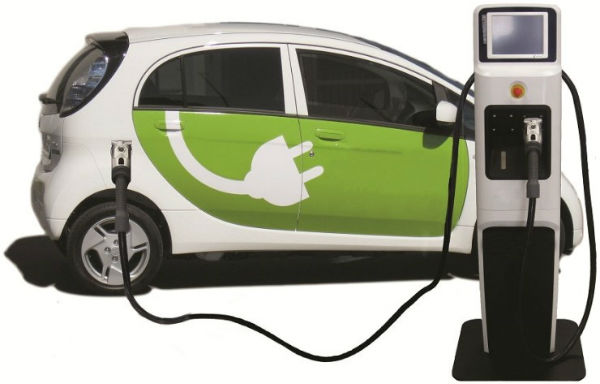China has ambitious plans for its battery industry as it attempts to develop its electric vehicle (EV) and EV battery industries. Analysts predict that China will have the capacity to produce over 120 GWh of batteries by 2020, and will increase its share of global lithium production from its current 55% to 65% by 2021.
However, China will need to develop new technologies and the ability to produce high end batteries to achieve its ambitions. At present, Chinese manufacturers are lagging behind foreign producers, such as LG Chem, Samsung SDI, SK Innovation, and Panasonic , on this front. Attracting foreign investment will therefore prove crucial.
Opportunities and Limitations
In order to attract foreign technology, foreign battery producers are officially ‘encouraged’ to invest in China under the Catalogue for the Guidance of Foreign Investment Industries (“the Catalogue”) published in June. Under the Catalogue, the “foreign investment equity ratio shall not exceed 50 percent” stipulation has also been removed.
The removal of this equity ratio requirement from previous iterations of the Catalogue means that foreign investors no longer have to enter into joint ventures with Chinese companies, which will ease concerns about protecting intellectual property.
There are also subsidies available to battery producers. However, draft guidelines released in 2016 stipulated that battery producers would have to have at least 8 GWh of production capacity to qualify for subsidies. This favors Chinese battery producers Build Your Dreams (BYD) and Contemporary Amperex Technology Co. Limited (CATL) because it is a target that only they are able to meet.
No foreign producers in China are currently able to meet this stipulation. The Korean company LG Chem had the biggest production capacity of foreign producers in 2016 with a capacity of 2 GWh at its factory in Nanjing. In this way, the 8 GWh stipulation aims to encourage Chinese battery producers to consolidate so that they mature more quickly.
As well as battery subsidies favoring Chinese battery producers, generous EV subsidies also give domestic producers an advantage because carmakers located in China must use battery producers from a government-approved list if they are to quality for these subsidies. This list is made up of 57 manufacturers, but none of them are foreign.
Fair Game
The battery industry in China is becoming more open to foreign investment as it seeks to acquire foreign technology. However, foreign investors still face obstacles when operating in China as the country seeks to simultaneously acquire foreign technology and keep control of the industry.
Due to these obstacles, LG Chem is starting to diversify its production to India and Southeast Asia. However, LG Chem continues to persevere in China and has expanded its production in the country because the company recognizes the importance of the market.
If foreign producers such as LG Chem can make technological breakthroughs, then this will give them a competitive advantage even in the face of subsidy obstacles. It is also expected that the Chinese government will only give Chinese battery producers a few more years to become competitive, subsidies are expected to end in 2020.
Chinese battery producers will therefore have to end their reliance on subsidies and prepare themselves to innovate and compete on a level playing field. Meanwhile, foreign manufacturers that would like to get their foot in the door early may begin studying the local market for entry.



Leave a Reply